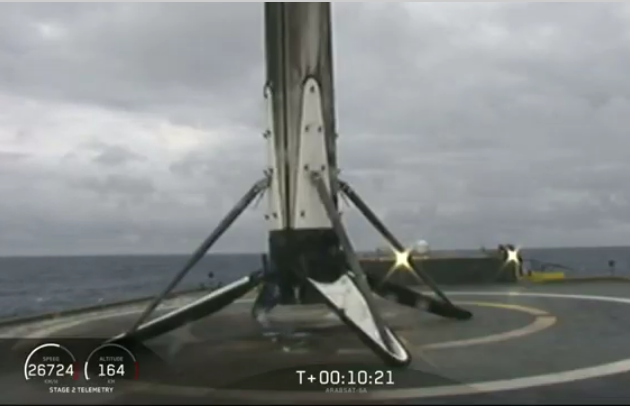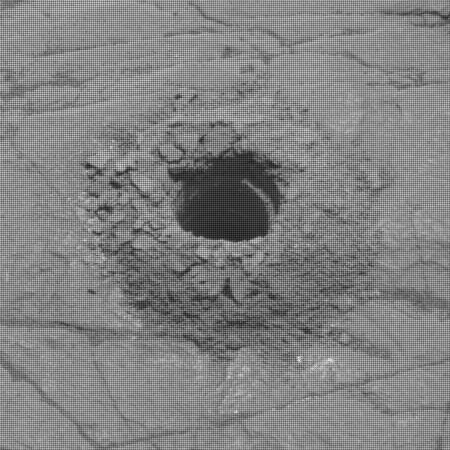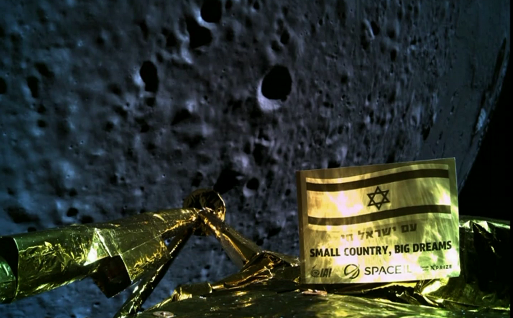SpaceX booster damaged on barge but not lost
According to an Associated Press report today, the Falcon Heavy core stage was damaged when it toppled over in heavy seas, but was not entirely lost.
The company confirmed Tuesday that the unsecured core booster toppled onto the platform over the weekend, as waves reached 8 to 10 feet. SpaceX chief Elon Musk says the engines seem OK. There’s no immediate word on how many of the booster pieces remain on board.
Musk says custom devices to secure the booster weren’t ready in time for this second flight of the Falcon Heavy.
From this report it sounds like the engine part of the stage remained on the barge. We shall see. Also, this report might explain the lack of a robot to secure the stage. The robot wasn’t ready, but rather than delay the launch for this reason they went ahead.
According to an Associated Press report today, the Falcon Heavy core stage was damaged when it toppled over in heavy seas, but was not entirely lost.
The company confirmed Tuesday that the unsecured core booster toppled onto the platform over the weekend, as waves reached 8 to 10 feet. SpaceX chief Elon Musk says the engines seem OK. There’s no immediate word on how many of the booster pieces remain on board.
Musk says custom devices to secure the booster weren’t ready in time for this second flight of the Falcon Heavy.
From this report it sounds like the engine part of the stage remained on the barge. We shall see. Also, this report might explain the lack of a robot to secure the stage. The robot wasn’t ready, but rather than delay the launch for this reason they went ahead.







